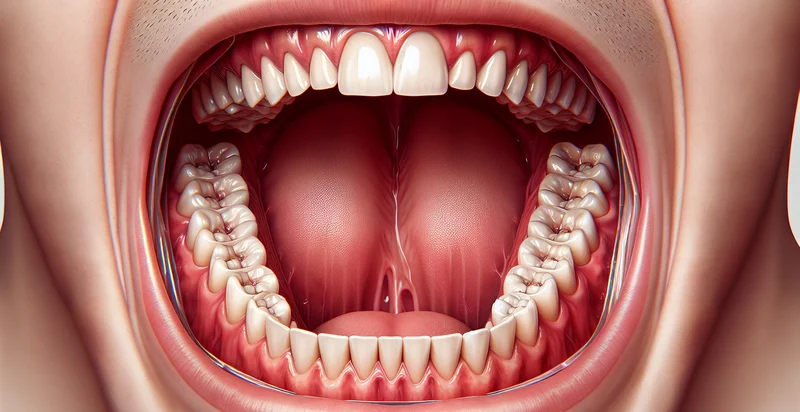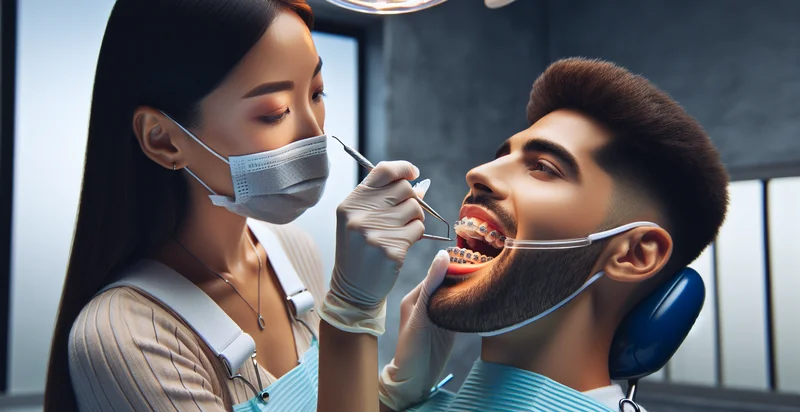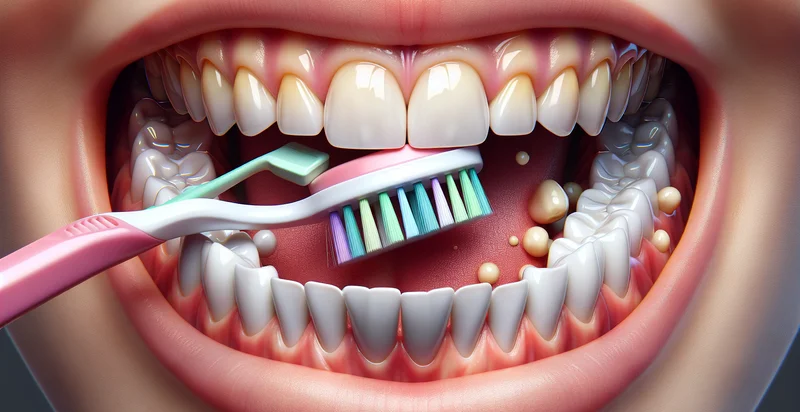Identify gum recession
using AI
Below is a free classifier to identify gum recession. Just upload your image, and our AI will predict the severity of gum recession in dental images. - in just seconds.

Contact us for API access
Or, use Nyckel to build highly-accurate custom classifiers in just minutes. No PhD required.
Get started
import nyckel
credentials = nyckel.Credentials("YOUR_CLIENT_ID", "YOUR_CLIENT_SECRET")
nyckel.invoke("gum-recession", "your_image_url", credentials)
fetch('https://www.nyckel.com/v1/functions/gum-recession/invoke', {
method: 'POST',
headers: {
'Authorization': 'Bearer ' + 'YOUR_BEARER_TOKEN',
'Content-Type': 'application/json',
},
body: JSON.stringify(
{"data": "your_image_url"}
)
})
.then(response => response.json())
.then(data => console.log(data));
curl -X POST \
-H "Content-Type: application/json" \
-H "Authorization: Bearer YOUR_BEARER_TOKEN" \
-d '{"data": "your_image_url"}' \
https://www.nyckel.com/v1/functions/gum-recession/invoke
How this classifier works
To start, upload your image. Our AI tool will then predict the severity of gum recession in dental images..
This pretrained image model uses a Nyckel-created dataset and has 4 labels, including Mild, Moderate, None and Severe.
We'll also show a confidence score (the higher the number, the more confident the AI model is around the severity of gum recession in dental images.).
Whether you're just curious or building gum recession detection into your application, we hope our classifier proves helpful.
Related Classifiers
Need to identify gum recession at scale?
Get API or Zapier access to this classifier for free. It's perfect for:
- Early Detection of Gum Recession: This function can be integrated into dental health apps to allow users to upload photos of their gums. The application would analyze images to identify early signs of gum recession, prompting users to seek professional dental advice.
- Dental Practice Management: Dental clinics can utilize the image classification function to monitor patients' gum health over time. By regularly analyzing submitted images, practitioners can generate reports that track the progression of gum recession, facilitating timely interventions.
- Telehealth Consultations: This feature can support remote consultations by enabling dental professionals to assess patients' gum conditions through submitted images. It allows for more accurate diagnostics and personalized advice without requiring in-person visits.
- Educational Tools for Patients: Dentists can use this technology in educational programs to help patients understand gum recession. By showing patients their gum health visually, they can better grasp the importance of oral hygiene and preventative care.
- Insurance Claim Support: Insurance companies can employ this classification function to validate claims related to gum recession treatments. By analyzing submitted images as part of the claims process, they can ensure that treatment aligns with documented conditions.
- Research and Data Collection: Dental research institutions can implement this technology to gather data on gum recession prevalence and progression. The insights gained from analyzing large datasets can contribute to better understanding and prevention strategies in oral health.
- Mobile Dental Screening Programs: Community health initiatives can use this function in mobile screening campaigns. By allowing participants to submit images of their gums, health workers can quickly identify those in need of further evaluation and care, improving outreach and intervention efforts.


